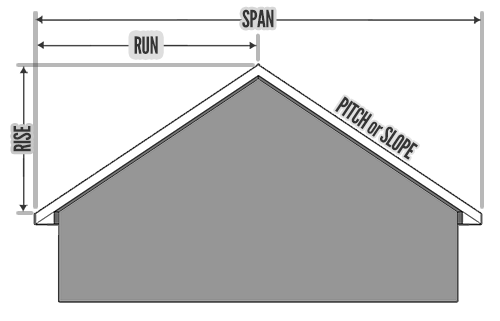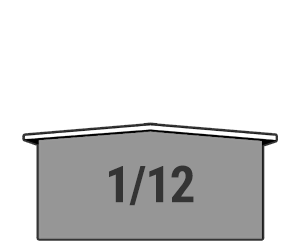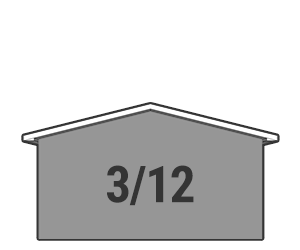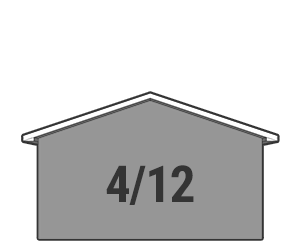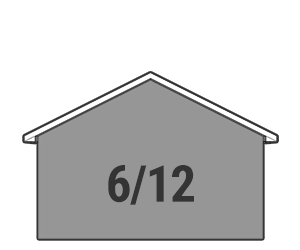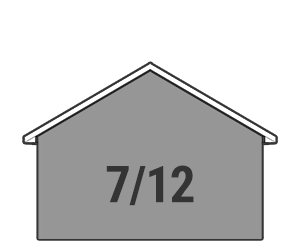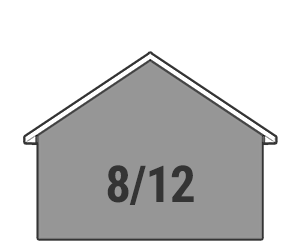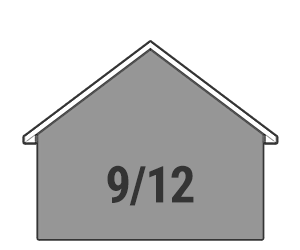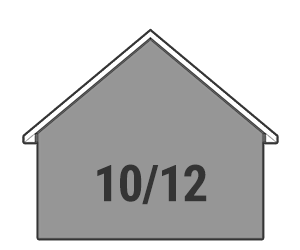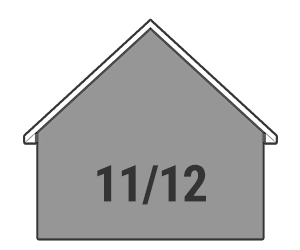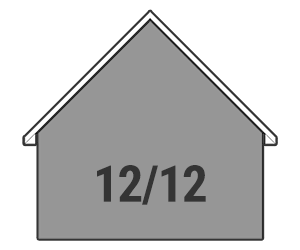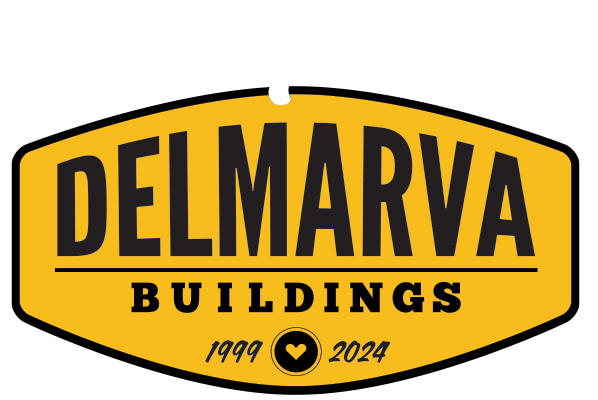Roof Trusses & Pitch Changes
Home » Buildings » Building Options » Roof Trusses & Pitch Changes
Designed to Carry Loads Such as Wind, Snow, Ceilings and the Weight of the Roof.
Trusses are a key structural component and most building jurisdictions will require that they meet design loads.
They also play a role in the function of your building as well as its overall appearance. Trusses include Common; also called Standard Gable, Scissor (cathedral ceilings), Mono, Gambrel, Loafing Shed, Attic (lofts), Dual pitch, and Monument-style trusses.
Sizes of trusses range from 4 to 100 feet in length. All trusses are engineered to the appropriate snow and wind loading, as well as top and bottom cord, live, and dead loading. We regularly provide trusses for 35+ pound snow loads and 120 mph wind loads.
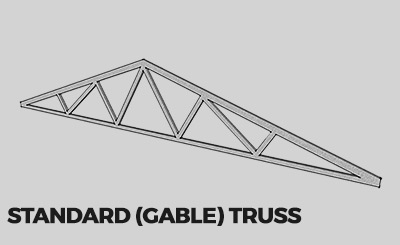
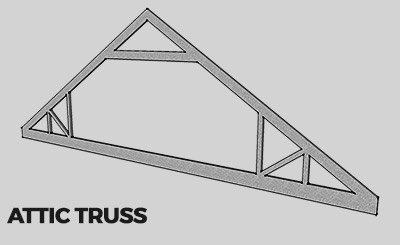

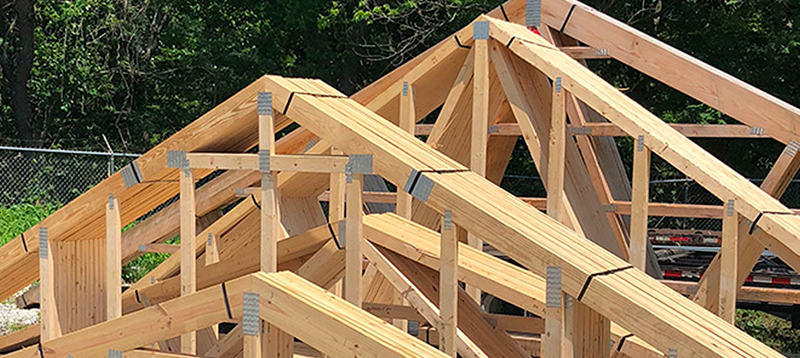

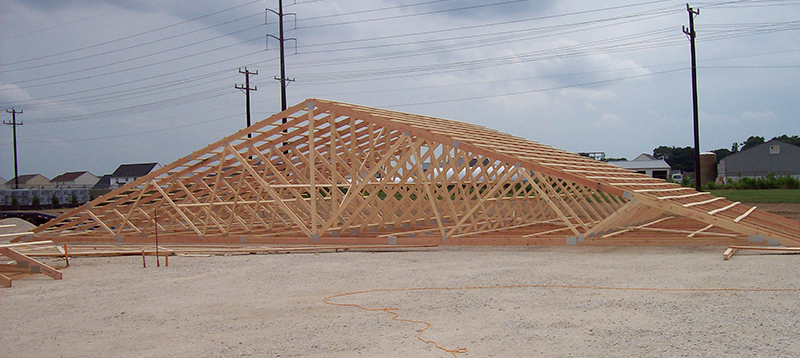
Roof Pitch Adds Beauty to a Pole Building
Roof Pitch, commonly known as “slope”, is defined by how many inches the roof rises across 12 horizontal inches.
Also known as Rise over Run or Rise/Run. For example, an 8/12 pitch roof means that the roof rises 8” for every 12” it runs. Roof pitch can impact both the form and function of your pole building. Most standard-sized pole buildings look and perform best with a 4/12 pitch.
A roof’s pitch also serves an important function. A high pitch allows snow and water to roll off better than a lower-pitched roof. A roof needs to be designed and engineered to handle snow loads in the area where it is being built.
